The K-Locus controls the agouti gene expression in canine coat. Different combinations of K locus alleles can cause dominant black, brindle, or normal agouti gene expression.
K Locus Overview
The K-Locus is named for the solid blacK coat it can cause in dominant black dogs[4,5].
The alleles at the K locus seem to follow a complete dominant-recessive mode of inheritance. This is the dominance hierarchy of the 3 alleles at the K locus:
K Locus Calculator
This simple tool can help you predict different K Locus combinations:
With 3 alleles in this series there are currently 6 possible genotypes.
| KB/KB | dominant black |
| KB/kbr | dominant black (brindle carrier) |
| KB/ky | dominant back (normal carrier) |
| kbr/kbr | brindle |
| kbr/ky | brindle (normal carrier) |
| ky/ky | normal ASIP expression |
K Locus Alleles
The CBD103 gene at the K locus on chromosome 16 encodes the plan for β-Defensin 103. Defensins are a family of proteins that help in the immunological resistance of the skin.
The K-Locus also takes part in canine coat pigmentation and acts epistatic to the A-Locus. This means different alleles at the K-Locus (KB>kbr>ky) control agouti gene expression.
The K-Locus itself is under the control of the E-Locus. The E-Locus acts epistatic to the K-Locus and influences the actual expression of the K-Locus in a particular dog’s phenotype. The E locus can inhibit eumelanin production (see recessive red) or restrict eumelanin production (see domino).
Example: Most yellow Labrador Retrievers are KB/KB at the K locus. But they can’t express a dominant black coat, because they are also recessive red and can’t produce any eumelanin.
Agouti Gene Expression (ky)
The wild-type kyellow allele has no influence on canine coat color and doesn’t interfere with normal agouti gene expression.
It depends on the genotype at the A locus what actual pattern a dog can express. All dogs that are clear sable, shaded sable, agouti, saddle pattern, tan point, or recessive black are ky/ky!
Of course, any agouti locus pattern might additionally be affected by traits found on other loci like white spotting, greying, merle, liver, or dilution.


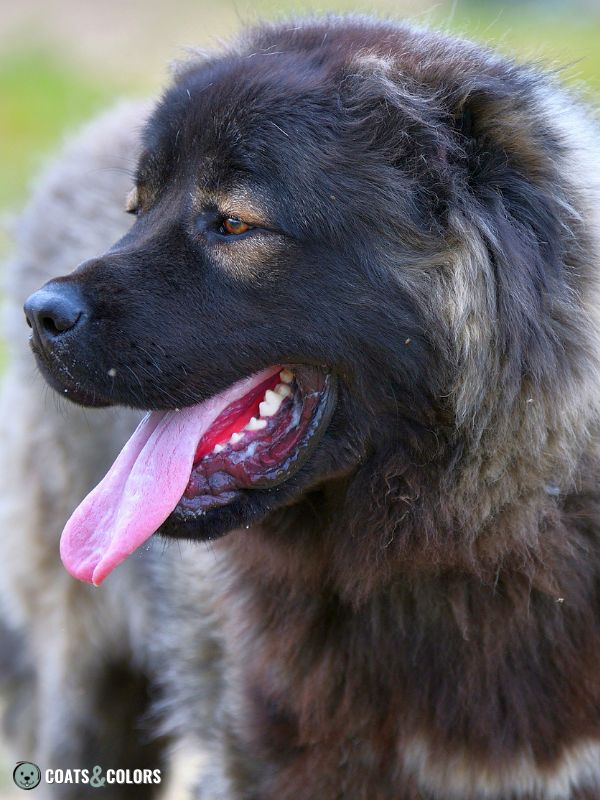

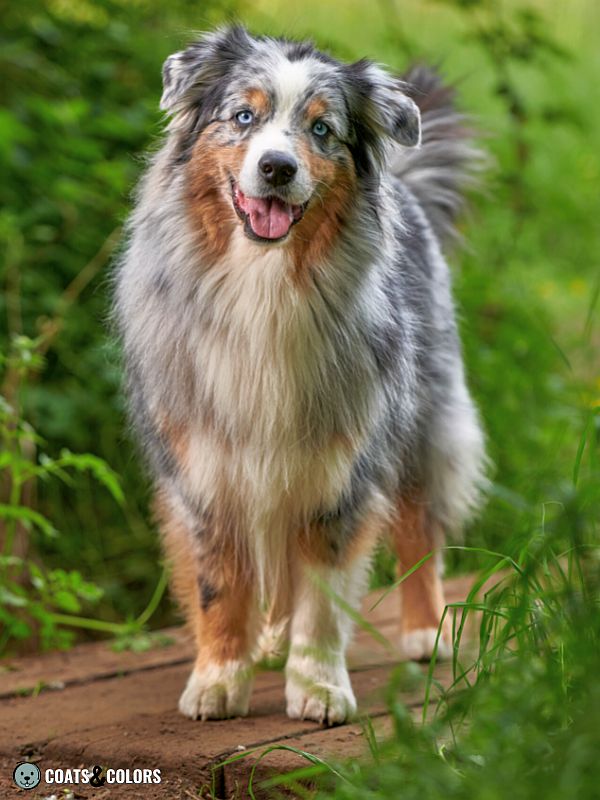
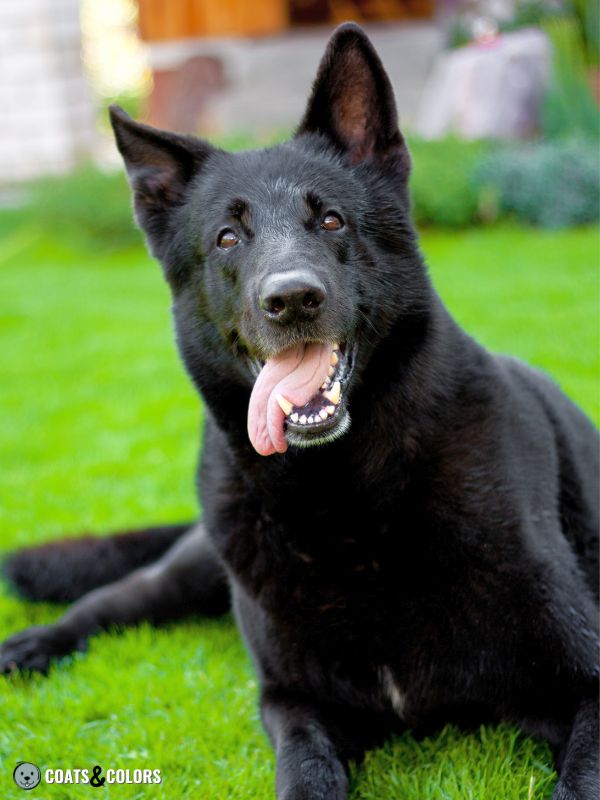
Dogs with a homozygous ky/ky genotype can produce both types of pigment and express the patterns of the agouti series such as sable, agouti, saddle pattern, tan point, or recessive black.
But don’t forget that agouti gene expression doesn’t work in dogs that are also recessive red (e/e) and may be modified in dogs that are domino (eA/-, eG/-, or eH/-).
Dominant Black (KB)
The KBlack variant of the CBD103 gene has gained the ability to also play a role in canine pigmentation and pigment type switching.
KB enables β-Defensin 103 to bind to a receptor in the membrane of pigment cells (MC1R controlled by the E-Locus) where it blocks agouti gene expression. This causes pigment cells to exclusively produce eumelanin and results in a phenotype called dominant black.
The KB allele was found in tooth and bone remains of canids dating back at least 8.000-10.000 years[1]. The mutation probably occurred in domestic dogs but later got into the gene pool of present-day wolves by hybridization with dogs a long time ago[2].
Dogs with a dominant black phenotype are KB/KB, KB/kbr, or KB/ky. Dominant black causes a solid coloration in all pigmented areas. It prevents the expression of the agouti locus.
Of course, traits like white spotting, greying, merle, liver, or dilution have an influence on the actual phenotype of a dominant black dog
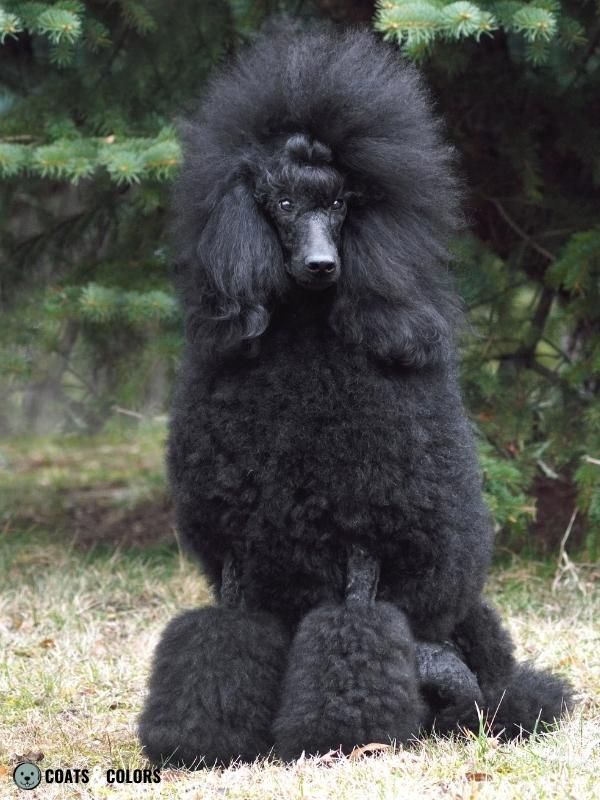
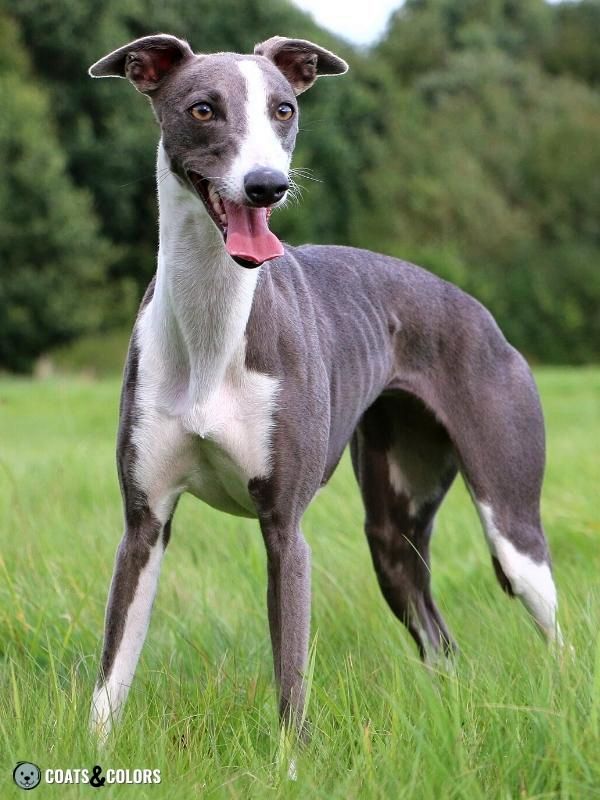

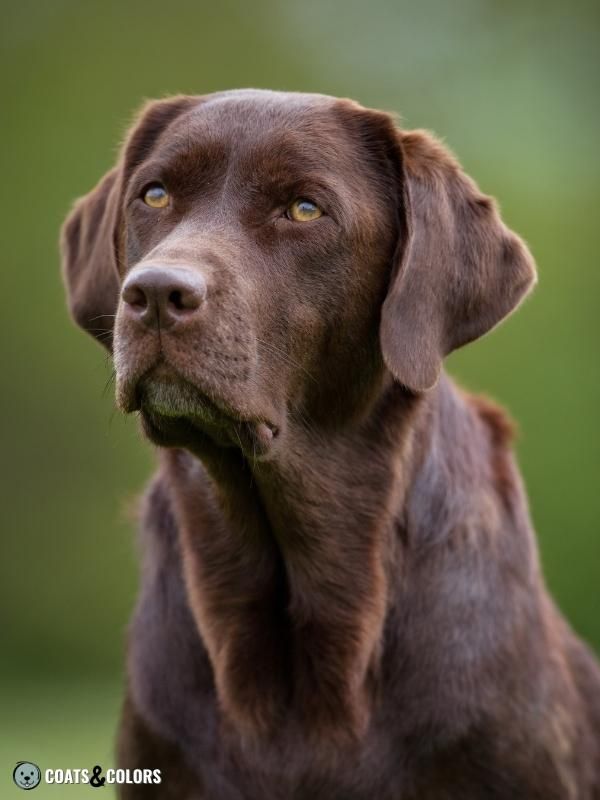
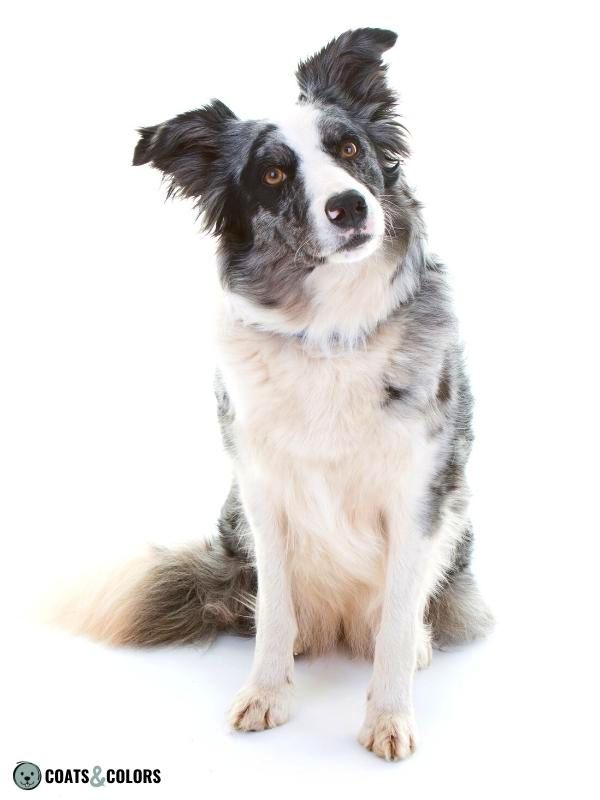
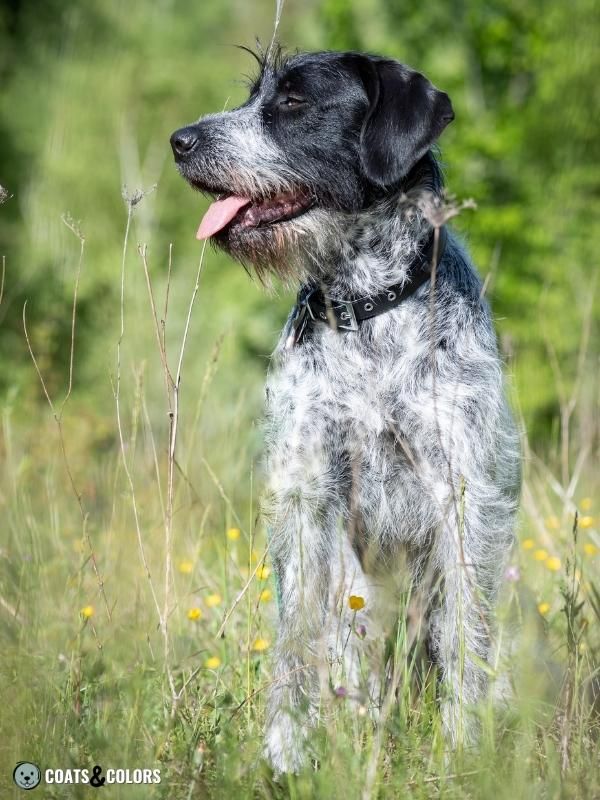
Again, this doesn’t apply to recessive red dogs and may look different in domino patterns.
Don’t forget to consider the possibility that self-colored dogs with a solid eumelanin-pigmented coat color might in fact be recessive black (kbr/- or ky/ky a/a) instead of dominant black (KB/-)!
Brindle (kbr)
The brindle allele kbrindle likely resulted from a recombination between KB and ky.
Somehow, this causes a variegated expression of either ky in yellow stripes or KB in black stripes. This creates alternating areas with normal agouti gene expression (ky) and irregular vertical stripes of a solid dark color (KB).
The A locus controls how brindle will look on a particular dog. All dogs that visibly are brindle sable, brindle agouti, brindle saddle pattern or brindlepoint are either kbr/kbr or kbr/ky.
Brindle patterns might look different depending on other loci that control white spotting, greying, merle, liver, dilution, etc.
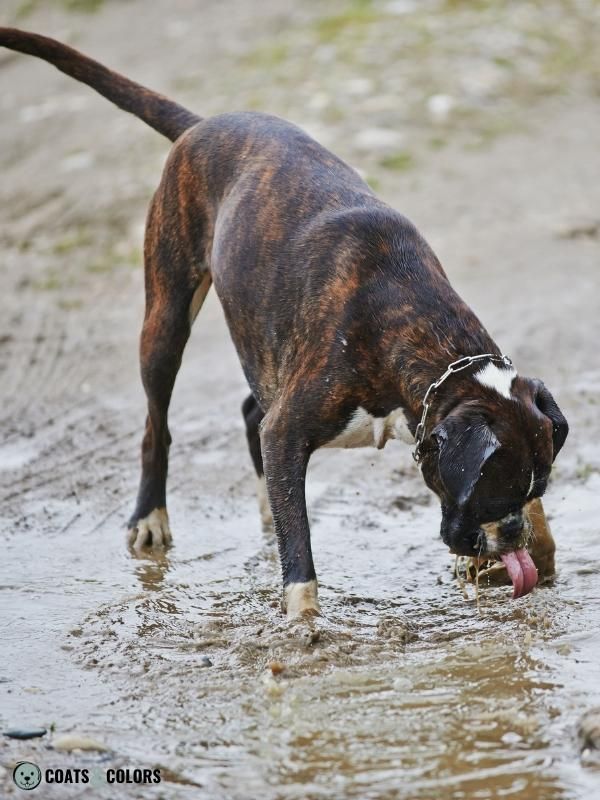
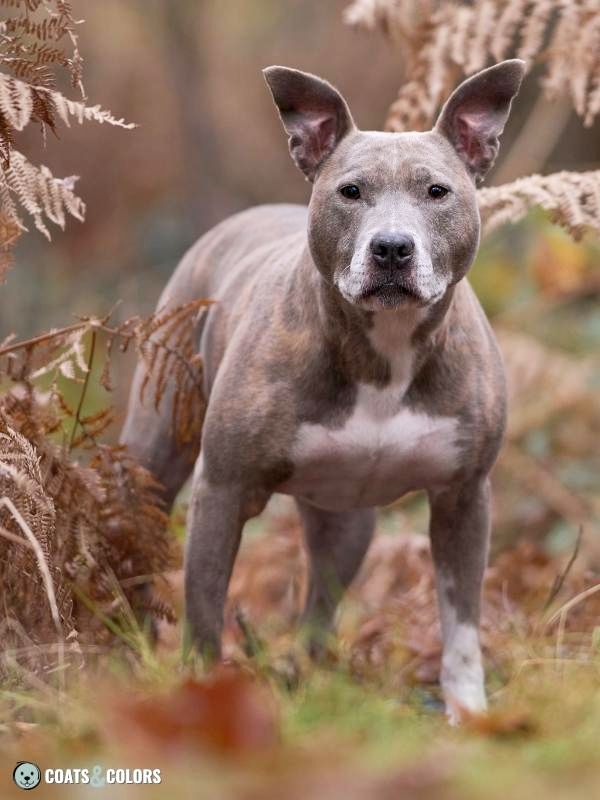



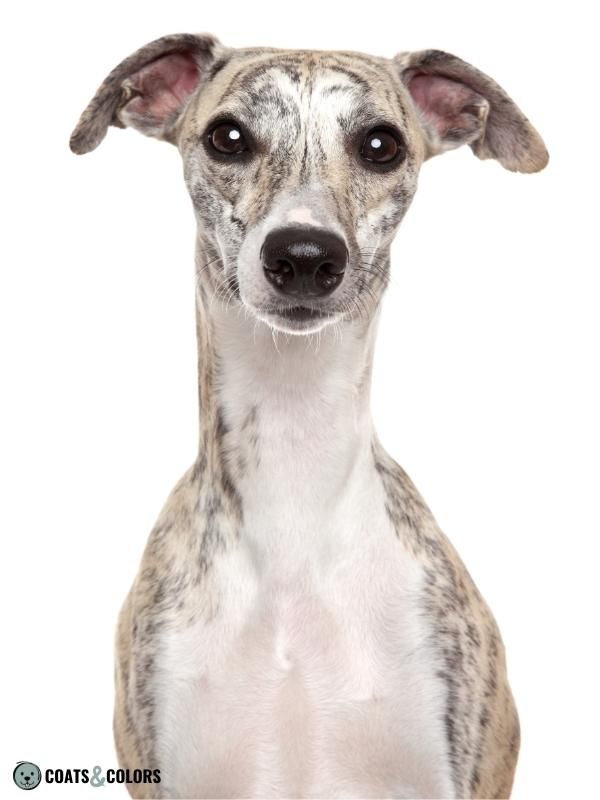
Btw, since kbr combines features of KB and ky, every dog with kbr allele (KB/kbr or kbr/-) allele will often test as KB/ky. At the moment, only very few companies can reliably detect the kbr allele.
Like the rest of the possible patterns controlled by the K locus, brindle can be overruled by recessive red and it can be modified to a reduced version via domino.
Seal and Ghost Tan (?)
We don’t know what causes seal, but these phenotypes commonly happen in dogs with a KB/ky (few have been tested as KB/KB) genotype and are often attributed to the K locus.
Other loci or modifiers may be responsible for seal or ghost tan, we’ll see.
Seal and ghost tan phenotypes are often described as “bad black” since they cause incomplete dominant black that becomes “transparent”. Suddenly, a dog’s A locus pattern can show through and is not fully covered by dominant black, as one would expect.
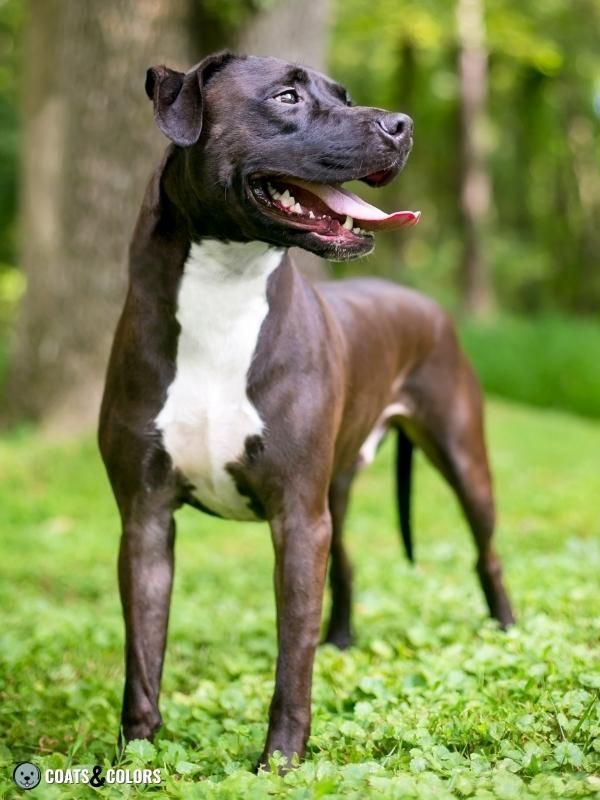
In genetically sable dogs (Ay/-), this affects all pigmented areas and is called seal. If a dog is genetically tan point (at/-), only some faint tan markings will become visible which is called ghost tan.
K locus Testing
It depends on the particular breed and their usual patterns, if testing the K locus makes any sense. Also, keep in mind that kbr is not testable at the moment and will be reported as KB/ky by most labs.
Without brindle, normal testing is enough to reveal if a dog is KB/KB, KB/ky, or ky/ky.
If your dog shows normal agouti gene expression and is visibly sable, agouti, saddle pattern, or tan point without brindle, it is clearly ky/ky and needs no further testing of the K locus. (One very rare exception to this rule is found in KB domino dogs, since KB/- eA/- or KB/- eG/- sometimes mimics E/- ky/ky.)
But if a dog is dominant black, further K locus testing can determine if he is homozygous (KB/KB) or carries for a “patterened coat” aka agouti gene expression (KB/ky).
This helps to determine if a dog can only produce “self-colored” solid dark offspring (KB/KB). Or if it is heterozygous (KB/ky) and has a 50 % chance to pass on either dominant black or agouti gene expression to its puppies.
Learn More
Links
[1] Ollivier M, Tresset A, Hitte C, Petit C, Hughes S, Gillet B, et al. (2013) Evidence of Coat Color Variation Sheds New Light on Ancient Canids. PLoS ONE 8(10): e75110. https://doi.org/10.1371/journal.pone.0075110
[2] Anderson TM, vonHoldt BM, Candille SI, Musiani M, Greco C, et al. (2009) Molecular and Evolutionary History of Melanism in North American Gray Wolves. Science 323: 1339–1343. https://doi.org/10.1126/science.1165448
[3] Candille SI, Kaelin CB, Cattanach BM, Yu B, Thompson DA, et al. (2007) A beta-defensin mutation causes black coat color in domestic dogs. Science 11(1): 24–30. https://doi.org/10.1126/science.1147880
[4] Julie A Kerns, Edward J Cargill, Leigh Anne Clark, Sophie I Candille, Tom G Berryere, Michael Olivier, George Lust, Rory J Todhunter, Sheila M Schmutz, Keith E Murphy, Gregory S Barsh. Linkage and Segregation Analysis of Black and Brindle Coat Color in Domestic Dogs. Genetics, Volume 176, Issue 3, 1 July 2007, Pages 1679–1689, https://doi.org/10.1534/genetics.107.074237
[5] Kerns JA, Olivier M, Lust G, Barsh GS. Exclusion of melanocortin-1 receptor (mc1r) and agouti as candidates for dominant black in dogs. J Hered. 2003 Jan-Feb;94(1):75-9. PMID: 12692166.
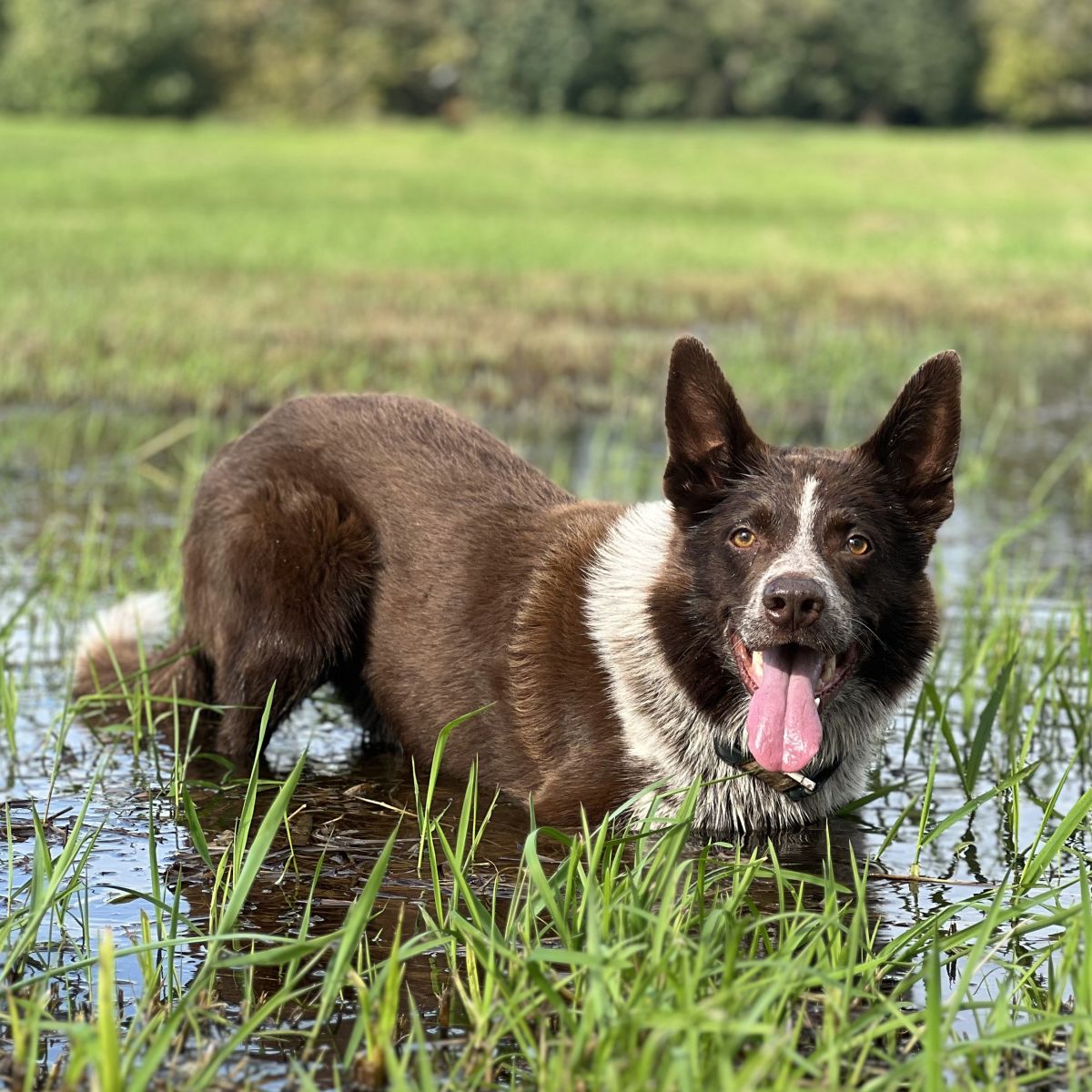
Hi! I’m Steffi. I am a biologist and a big time dog nerd. You are curious about coat color genetics? You’ve come to the right place! Read more.

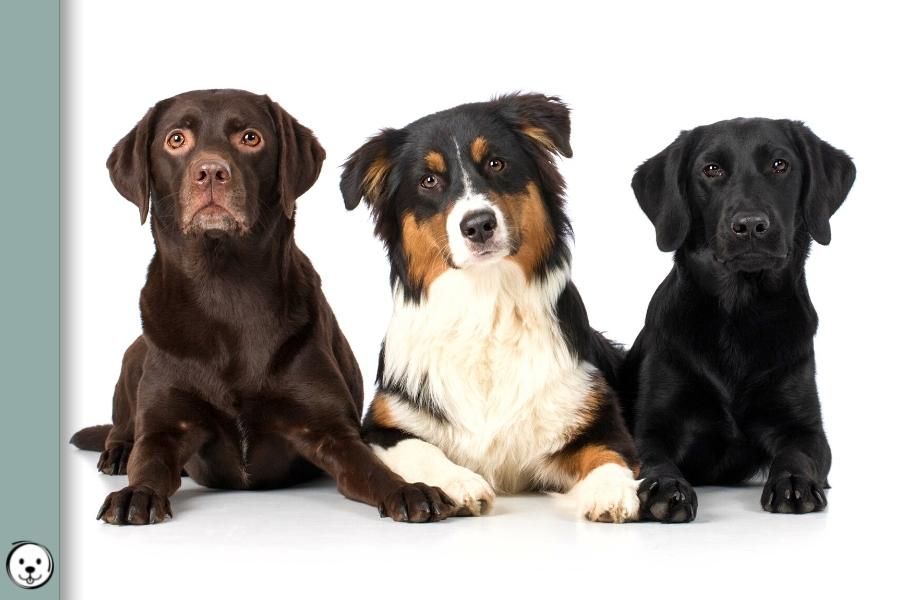

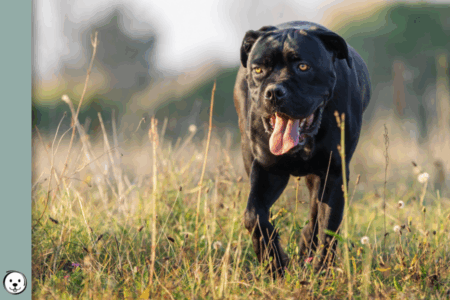
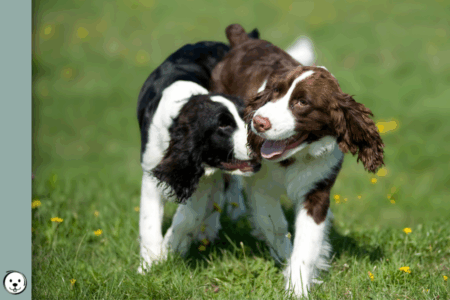
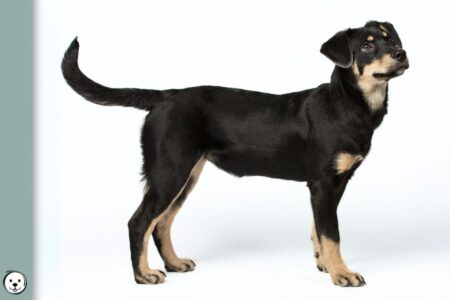

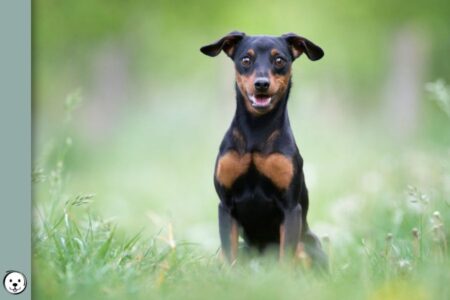
1 thought on “K Locus”
Comments are closed.